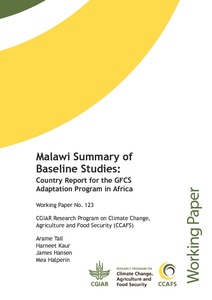Crop Choice and Infrastructure Accessibility in Tanzania
Africa has great potential for
agriculture. Although international commodity prices have
been buoyant, Africa’s supply response seems to be weak. A
variety of constraints may exist. Using the case of
Tanzania, the paper examines the impact of market
connectivity, domestic and international, on farmers’ crop
choices. It is shown that the international market
connectivity, measured by transport costs to the maritime



